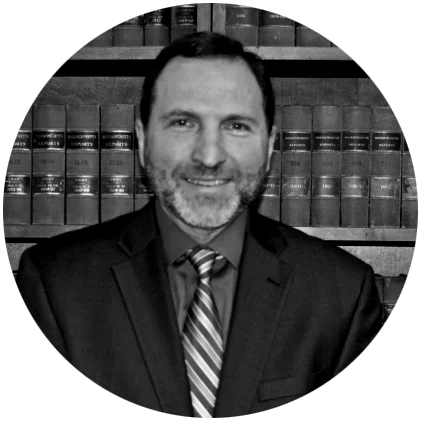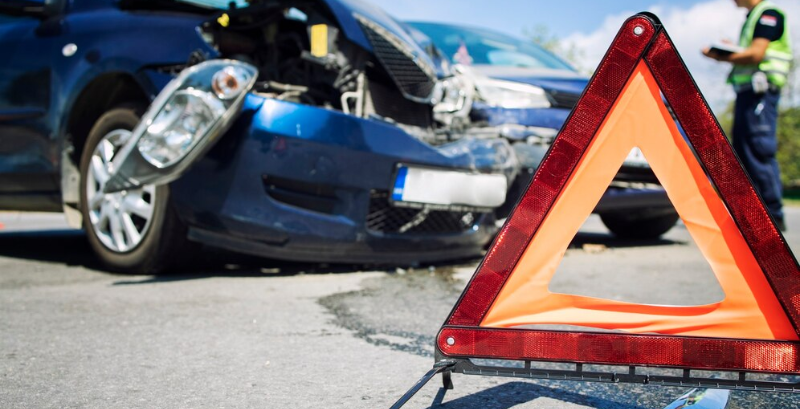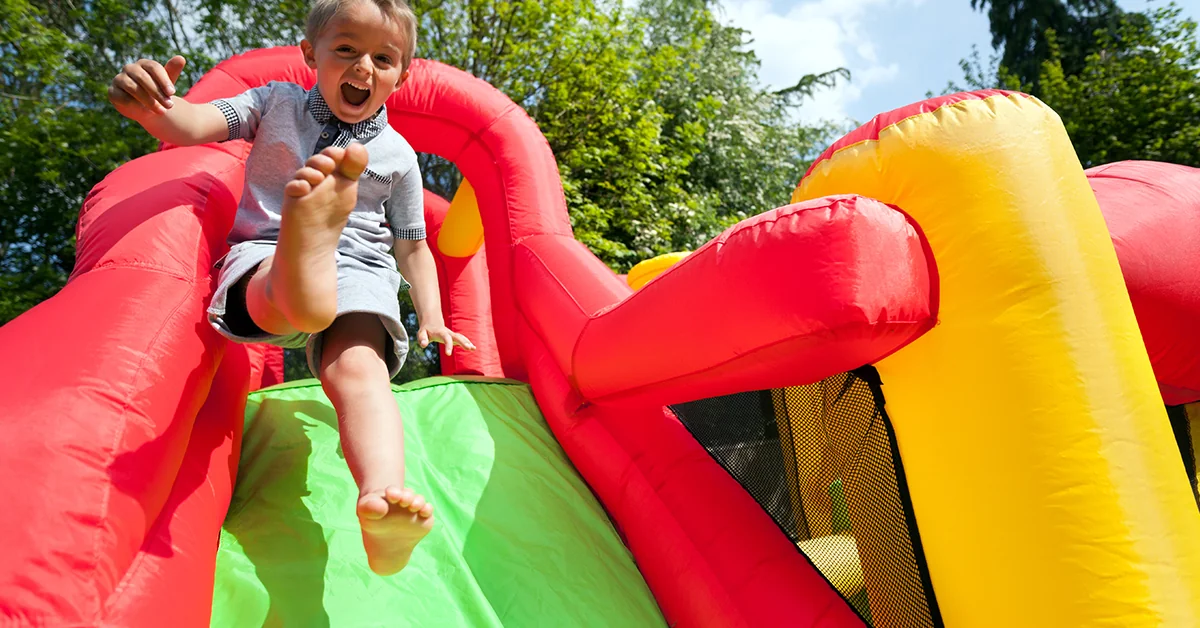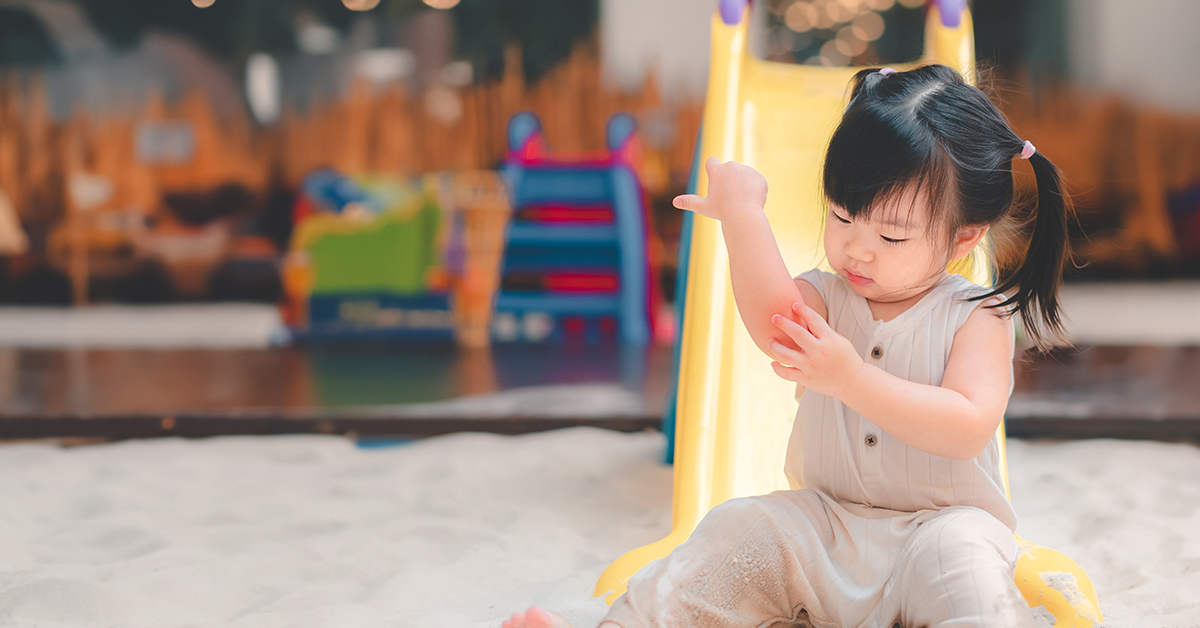Car accidents are, unfortunately, common occurrences in cities like Boston, where traffic congestion and complex road systems can lead to a higher risk of collisions.
Among the various types of accidents that can happen, T-bone car crash accidents are particularly dangerous and can result in serious injuries or even fatalities.
Proving liability in these cases can be challenging, but it is essential for accident victims seeking compensation for their damages.
So, here we will explore the key factors and strategies involved in proving liability in T-bone and intersection car accidents in Boston.
What are T-Bone and Intersection Accidents?
T-bone accidents typically occur when one vehicle collides with the side of another vehicle, forming a “T” shape. These accidents are often associated with intersections, where one driver fails to yield the right-of-way, runs a red light, or makes an improper turn, leading to a collision.
How to Determine Liability?
Traffic Laws and Regulations:
One of the primary ways to establish liability in T-bone and intersection accidents is by examining traffic laws and regulations. Massachusetts has specific rules governing right-of-way at intersections, stop signs, and traffic signals. If a driver violates these rules, it can serve as strong evidence of their liability.
- Failure to Yield: If a driver fails to yield the right-of-way to another vehicle when required, they may be held liable for any resulting accident. This can include failing to yield at a stop sign, running a red light, or not yielding to oncoming traffic when making a left turn.
- Speeding: Speeding is a common factor in T-bone accidents. If a driver was speeding at the time of the collision, it could significantly contribute to their liability, especially if it prevented them from stopping in time to avoid the accident.
- Distracted Driving: Distracted driving, such as texting or talking on the phone while driving, can lead to T-bone accidents. If it can be proven that a driver was distracted at the time of the accident, it may establish their liability.
Witness Statements
Eyewitness accounts can be invaluable in proving liability in T-bone and intersection accidents. Eyewitnesses who saw the accident occur can provide crucial information about what happened and who was at fault. Their statements can be used to corroborate or contradict the accounts of the involved parties.
- Obtaining Witness Statements: After the accident, it’s essential to obtain contact information from any witnesses who saw the collision. Their statements can be recorded by law enforcement at the scene or by personal injury attorneys during the investigation.
- Witness Credibility: The credibility of witnesses is essential. It’s crucial to ensure that witnesses are willing to testify in court and that their statements are consistent with the available evidence.
Gathering and Preserving Evidence:
Photographs and Video Footage
Photographs and video footage can provide critical evidence in establishing liability in T-bone and intersection accidents. These visuals can help recreate the scene and show the positions of the vehicles, traffic signals, and road conditions at the time of the accident.
- Taking Photos at the Scene: If possible, take photographs at the accident scene. Capture images of the damaged vehicles, skid marks, traffic signals, and any other relevant details.
- Obtaining Surveillance Footage: If the accident occurred near businesses or residential areas with surveillance cameras, it may be possible to obtain video footage that captures the collision.
Accident Reports and Police Investigations:
Accident reports generated by law enforcement officers who respond to the scene can be crucial pieces of evidence. These reports typically contain details about the accident, witness statements, and the officer’s assessment of fault.
- Requesting Accident Reports: Request a copy of the accident report from the police department that responded to the scene. This report can provide valuable information about the circumstances surrounding the accident.
- Reviewing the Officer’s Findings: Carefully review the officer’s findings in the accident report. While their assessment of fault is not definitive, it can still carry significant weight in establishing liability.
Comparative Negligence and Shared Liability
In some cases, both parties involved in a T-bone or intersection accident may share liability to varying degrees. Massachusetts follows a comparative negligence system, meaning that even if you are partially at fault for the accident, you may still be entitled to compensation.
- Comparative Negligence: Comparative negligence allows the court to assign a percentage of fault to each party involved. The injured party’s compensation is reduced by their percentage of fault.
- Demonstrating Shared Liability: Proving shared liability can be complex, as it requires a thorough examination of the facts and evidence. It’s essential to work with experienced attorneys who can present a compelling case that minimizes your liability and maximizes your potential compensation.
Hire a Professional Car Accident Attorney in Boston
Proving liability in T-bone and intersection car accidents in Boston can be a complex and challenging process. It often requires the assistance of experienced personal injury attorneys who are well-versed in Massachusetts traffic laws and accident investigation techniques.
An attorney can help you gather evidence, interview witnesses, and build a strong case to establish liability. They can also negotiate with insurance companies and, if necessary, represent you in court to ensure you receive fair compensation for your injuries and damages.
Conclusion:
Proving liability in T-bone and intersection car accidents in Boston requires a thorough understanding of traffic laws, evidence collection, and legal strategies. If you’ve been involved in such an accident, it’s crucial to act promptly, gather evidence, and seek legal representation to protect your rights and pursue the compensation you deserve.
By following the steps outlined in this article, accident victims can improve their chances of holding the responsible party accountable for their actions and obtaining the necessary compensation for their injuries and losses.
At Swartz & Swartz, we understand the complexities of proving liability in T-bone and intersection car accidents in Boston, and we have a long-standing commitment to helping accident victims seek justice and fair compensation. With our team of experienced car accident attorneys in Boston, we bring decades of expertise in handling such cases, ensuring that our clients receive the dedicated legal representation they deserve.
If you’ve been involved in a T-bone or intersection accident, our firm is here to provide the legal support and advocacy you need to protect your rights and pursue the compensation you are entitled to. Get in touch with us now!
Need Help?
If you or someone you know, needs help from a lawyer, contact the law offices of Swartz & Swartz, use our live chat, or send us a message using the form below and we’ll get in touch to assess your case and how we can help. For more information, contact Swartz & Swartz, P.C. today!
Keep Reading
Want more? Here are some other blog posts you might be interested in.




